Mexican Muralism. Modern design is no longer possible without murals. Frescoes and wall paintings are part of centuries-old history. Murals are wall art. A mural is a large-size panel, fresco, or graffiti. This is the appeal of muralism. It makes Mexican muralism suitable for any purpose: themes, templates, prints, clipart, etc. It is also suitable for huge banners, flyers, and ads. Mexican muralism has become known for this type of implementation.
Mexican muralism is the name that was given to promote painting in Mexico in the early 20s of the 20th century.
Part of the purpose of this movement was to present social and political reasons to try to reunite people after the end of the Mexican revolution. And this is a perfect example of how art, design, and painting help to start a new life and promote new goals on the road to unity.
Although this tradition began around 1920, it remained very popular until the 1970s. Nowadays, the use of these frescoes is also common in Mexico and the influence of the last century movement is the main reason for this phenomenon. Other regions and countries have also adapted this artistic style.
To learn more about the new Mexican muralism trend, read our article below.
The roots of Mexican muralism: from wall paintings in caves to modern times
If we talk about muralism as a phenomenon, culturologists have two opinions on where it originates. The adherents of the first say that modern artists, creating their works, are based on the classic Greek and Roman frescoes. They say that Raphael’s and Titian’s masterpieces are the first murals, but now times are simply different, and the paintings most often refer not to religious themes, but to social ones.
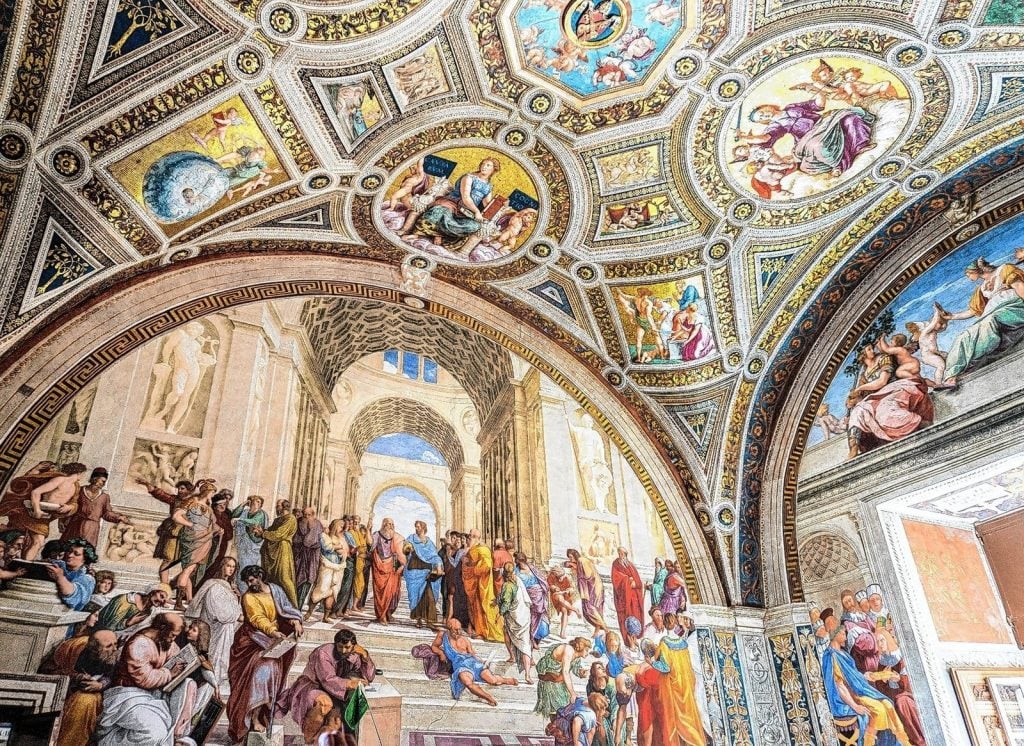
The opposing group agrees that the masters of the past are geniuses, of course, but the roots are to be found in the twentieth century and point to the Mexican Revolution of 1910-1917.
But it must be foolish to think that Mexican muralism began in the 20s. After all, any art is influenced and enriched with history. Therefore, to understand the essence of Mexican muralism, its technique, and call, it is necessary to review its history as a whole and find its origins.
The history of artistic wall painting, or as it is also called muralism, has its roots deep in the centuries. The first monuments of mural paintings human-created back in the primitive era – the Paleolithic.
Ancient people started the technique of mural painting more than 18 thousand years ago when they had at their disposal only natural “paints”.
Striking examples are the rock paintings on the walls of the Spanish caves of Altamira.
Despite the fact that only a very limited range of colors was available to human beings, this did not prevent them from creating colorful images. Of course, the paints were made from natural materials: coal, manganese, blood, and diluted with water or animal fat.
It is also worth noting that archaeologists have found a rock image of a bull on the wall of the Lubang Jeriji Saléh cave on the Borneo island. The animal was painted with red paint and is probably the oldest cave painting in the world. After a number of studies, it was found that the image is at least 40,000 years old.

The next significant evolution of monumental wall painting is the art of Egypt. Around 3000 BC, frescoes appeared on Egyptian graves.
Among the famous ancient civilizations, frescoes were also produced:
- Minoan civilization (2700-1400 BC).
- Olmec civilization (1500 B.C. to 400 B.C.)
Also worth mentioning is ancient Rome, where wall paintings or frescoes were most often used to decorate private interiors. The “fresco” technique was directly used.
The Italians masterfully used the principles of perspective and illusion to depict architectural and landscape ” tricks”. They depicted non-existent doors, windows with beautiful landscapes behind them – thus expanding the space. If we translate the term “murus” – wall – from Latin, it becomes quite natural that the artists of the monumentalism were called muralists.
The tradition of fresco painting existed in Mexico, from the above-mentioned Olmec civilization in the pre-Spanish period to the colonial period, when frescoes were mainly used to support and strengthen Christian doctrine.
The first Mexican artist (monumentalist) to use philosophical themes in his work was Juan Cordero, in the mid-19th century.
At the end of the 19th century, during the presidency of Porfirio Díaz, the government actively began to promote cultural development. Gerardo Murillo, also known as Dr. Atle, is considered to be the first modern Mexican monumentalist with the idea that Mexican art should reflect Mexican life. Academic training and government support have contributed only to the imitation of European art. Atle and other early monumentalists pressured the Díaz government so that they could paint on the walls of buildings. The Mexican Revolution itself was the culmination of the political and social opposition to Porfirio Díaz’s politics. And it was during this period that Mexican muralism actively developed. Philosophy gained strength from the Mexican Revolution, which toppled the Diaz regime in less than a year.
Nevertheless, the following decade was a time of struggle between different factions fighting for power. Governments changed frequently after a series of assassinations and in the early 1920s, this period ended with the one party-rule of Alvaro Obregón. He took control of a country that faced many pressing problems.
As early as 1921, José Vasconcelos was appointed Administrator for the Mexican Secretariat of Public Education. And now it was necessary to promote idealized ideas among the people and celebrate the Mexican Revolution. But not all the people could read, so they decided that the best solution was muralism. That was the birth of modern Mexican muralism.
Posters and propaganda leaflets, for the production of which there was not enough paper, due to the efforts of Diego Rivera, David Alfaro Siqueiros, Jose Orosco, and other artists, turned into magnificent wall paintings. The muralists wanted to show the full scale of the tragedy of people driven into a society of violence and disenfranchisement. Today these people are considered classics.
Diego Rivera was a Mexican muralist who created works that illuminated revolutionary events in the country and the world.

David Alfaro Siqueiros was a Mexican artist, painter, graphic artist and muralist, political activist, member of the communist movement.

Jose Orozco was a Mexican painter and graphic artist, one of the main innovators in the monumental painting of the XX century.

The first project, a painting in the National Preparatory High School in Mexico, showed that the world has gone far ahead of the Renaissance and Middle Ages. Diego Rivera, José Orozco, and David Siqueiros – this future “Los tres grandes” of muralism – covered the walls with revolutionary, social struggle stories and made them the subject of a radical “political declaration”.
Although all three artists turned to classical muralists in their work, the muralists considered painting to be a means of agitation, popular education, and communism propaganda. For them, the walls of city buildings became a means of avoiding formalism, an opportunity to address directly to ordinary citizens.
Working as their trio “Los tres grandes”, they led the movement after the departure of Jose Vasconcelos.

Muralism was an avant-garde movement in painting, but its images are largely based on the traditional art of the native South American Indians – the Mayas and Aztecs. Most artists of this trend were preaching Marxist ideas and reflected in their art the social and political situation in the post-revolutionary country. The main hero of the frescoes of the Muralists was the people.
Originally, the frescoes were at San Ildefonso College.

Now it’s a famous museum in Mexico. Frescoes on the walls glorified the victories of the revolution, the culture of the country, as well as reminiscent of tragedies. Jose Orozco created frescoes in this college.
Fernando Leal was a Mexican artist, muralist, politician. He was also invited by José Vasconcelos to participate in muralism. The above-mentioned college also has his famous work:

After that, the frescoes were also created in
- the Chapingo Autonomous University:

Here is a fresco by the muralist artist Diego Rivera, who depicted his wife as a symbol of the fertility of the earth.
- the Palace of Bellas Artes:
- Mexican Secretariat of Public Education:
Jose Orozco, the “The Trench” fresco at the National Preparatory High School in Mexico.
This fresco is laconic and quite severe: its central part shows the defeated figures of three rebels. Their bodies are still strong and muscular, but the postures already tell about the tragedy of the defeat. “Emotions to the max” is Orozco’s creative slogan.

For Siqueiros, it all began much earlier, at the age of fourteen, when he went to the front-line struggle against the Diaz dictatorship. And right before that, David went to prison for the first time. After his release, Siqueiros opened his art school near Mexico City, which became the center of underground student opposition. He said: “When the paintings dry up, they turn into powder and under a layer of frescoes hides the only truth of the world.”
“When the paintings dry, they become powder, and under a layer of frescoes hides the only truth of the world”.
One of his famous works: “Street Meeting”. Moreover, among the striking workers stood black and white together, which was for the racism-soaked United States of that time the highest degree of impudence and boorishness.

Revolution, Mexican muralism, and the country’s development coincided in time. And in the same period, there was a split between the goals of muralism and the reality of life.
Mexican muralism took socialist attitudes as its basis. It was under those principles that all works of art had to be paid for by the government. And not to be limited to those who allowed themselves this art, moreover, after the revolution in Mexico there were not many rich people. Apart from the socialist worldview, Mexican muralism was characterized by Marxism. This explains the fact that the government at that time was made up of revolutionaries.
For the same reason, already in 1924, José Vasconcelos had resigned, because the post-revolutionary government was strong and did not provide such support in the development of Mexican muralism.
Despite the original well-intentioned frescoes, already in the 1930s frescoes were considered a way to propagate the government.
The end of the ardent development of Mexican muralism falls in 1940. This was most likely due to a change in government. It became more conservative and capitalist at the time. And as a result, frescoes were done to private owners’ orders.
But it still couldn’t stop the art. Mexican muralism was generally in effect until the early 1970s in Mexico. Nevertheless, it went through a significant golden period from the beginning to 1950. It was during this time that Mexican artists developed the most important paintings of the movement.
During this period of history, the expression of Mexican muralism brought art to its maximum goal.
These are examples of Mexican muralism that will not leave you indifferent:
Basic techniques of Mexican muralism
Muralism is a special kind of painting that is considered to be centuries-old. But to achieve this effect, you need to be a real master and know a lot of techniques, methods, and skillfully apply them. For this reason, many works have been preserved, because the real professionals took on the project.
At the beginning of the muralist movement, the government did not interfere with the styles used to create murals. In addition, at the initial stage, the creators were a unified whole and together sought one goal. This affected the mixing of techniques and styles.
The most basic technique used by muralists is, of course, a fresco – painting on raw plaster. This technique had lots of advantages. Firstly, its durability, and secondly, the fresco became part of the wall where it was depicted.
Another technique similar to the fresco was alsecco. Alsecco is a mural painting made, unlike a fresco, on hard, dried out plaster, which is secondarily moistened. Alsecco allows painting a larger surface area during a working day than a fresco, but it is not so durable technique.
The muralists mentioned above used the technique of hot wax painting. Initially, the mural was created by waxing, and later colors were applied to it.
Another popular technique is the mosaic painting. This is a monumental art in which images are formed by arranging, dialing, and fixing on the surface of multicolored stones, smalt, ceramic tiles, and other materials.
Other less popular techniques also include painting on freshly plastered walls, ceramics, stained glass windows, and others.
The “Los tres grandes” monumentalists used the above techniques, but the most creative of them was Jose Siqueiros. After all, he tried to come up with as many new and unique techniques as possible, which would help to better represent the idea. Siqueiros developed a painting technique that would include drawing on a wall with an electric projector, photographing early wall sketches to improve perspective, and new paints, atomizers, and other tools to adapt the surface of modern buildings and outdoor conditions.
He created monumental compositions in which specific characters were combined with symbolic personifications of social and historical forces, used the effects of dynamically reducing perspective, boldly introduced painting in interaction with sculptural forms, applied new artistic materials such as synthetic paints, ceramic relief mosaics, car lacquer Duco.
But he did not stop there, and also tried to use resins, asbestos, and different airbrushes.
Due to the use of many techniques to create murals, the work of Jose Siqueiros can be classified as “Action Painting”. The essence of this painting was not the result of the work, but the process itself.
Specifics of Mexican muralism
As you already understood Mexican muralism is a mix of design and politics. Together they made a huge contribution to the art, which is now increasingly popular and used in various areas.
Among the main features of Mexican muralism are the following:
- works of art included Indians and Metis fighting against oppression;
- displaying historical and political events;
- free topics;
- communist and socialist worldviews;
- outstanding accents;
- the richness of techniques, and their combination;
- representation of Mexican culture;
- use of the cubist direction;
- memorable images and heroes.
And despite all these features and the freedom of the topics that were at the beginning of Mexican muralism, they were later used as propaganda for power.
Muralism and graphic design.
Graphic design is a way of visual communication. To put it more simply, it is the expression of ideas, meanings, and values through images, pictures, fonts, videos, etc. It is the most interesting modern specialization.
The most popular ways to use Mexican muralism in graphic design are etching and lithography.
If to speak about the 1st direction, the most popular etching which is known all over the world is the etching of Calavera Catrina. Catrina is the mistress of the Dead dancing party, her images are so common that they have become one of the business cards of Mexico.
Even through the years, this etching is an unflinching symbol of the Day of the Dead.

People copy this mural to create cool brands. This applies to stylish templates, card designs, thematic fonts, patterns, and the like.
The lithography trend is more developed, and Diego Rivera, already known to us, has contributed to it. Among his works, there are exactly those you’ve seen, and you know it. For example, his work “The Fruits of Labor”, which opened eyes to the real difficulties of working in agriculture.

Another of his famous lithographs, “Zapata”. The lithograph depicts the Mexican revolutionary Emiliano Zapata.

You may also know another work by Diego Rivera, “Portrait of Frida Kahlo”. On the first anniversary of his wife’s death, Rivera depicted her in a small lithograph. In this work, he combined his memories of Frida with motifs of her art. Diego gave the portrait the shape of the heart, from whose vessels the blood flowing, as in the images of ancient Mexican codes.

Muralism and web design
Web design is a wide range of possibilities. That is why muralism has found itself here too. Here are examples where muralism was used as a background, and images on thematic sites.
- Daily Art Magazine.
- The Ohio State University College of Arts and Sciences.
- OROZCO’S EPIC OF AMERICAN CIVILIZATION IS NOW A NATIONAL HISTORIC LANDMARK.
- When Street Art Becomes Mainstream: Mexican Muralism.
As a designer, you can use murals on websites as a background. In addition, murals are a very stylish presentation background. These are cool clipart variants, web fonts, and so forth. The main thing is to be inspired by the history of this trend.
Mexican muralism is a true cultural heritage that can be seen on the streets of this state. Its main idea is to unite. The unification of people after tragedies, revolution, and oppression. This is the ultimate goal that has been achieved. To show people all the consequences, to express emotions and feelings not only with words but with works of art. But over the years, such high aspirations have been replaced by the propaganda of the government. Even though it happened, but in any variations of the mural, it is a real art and hard work, which now becomes a trend, and attracts more and more artists.
Art is the purest way to express what people think!
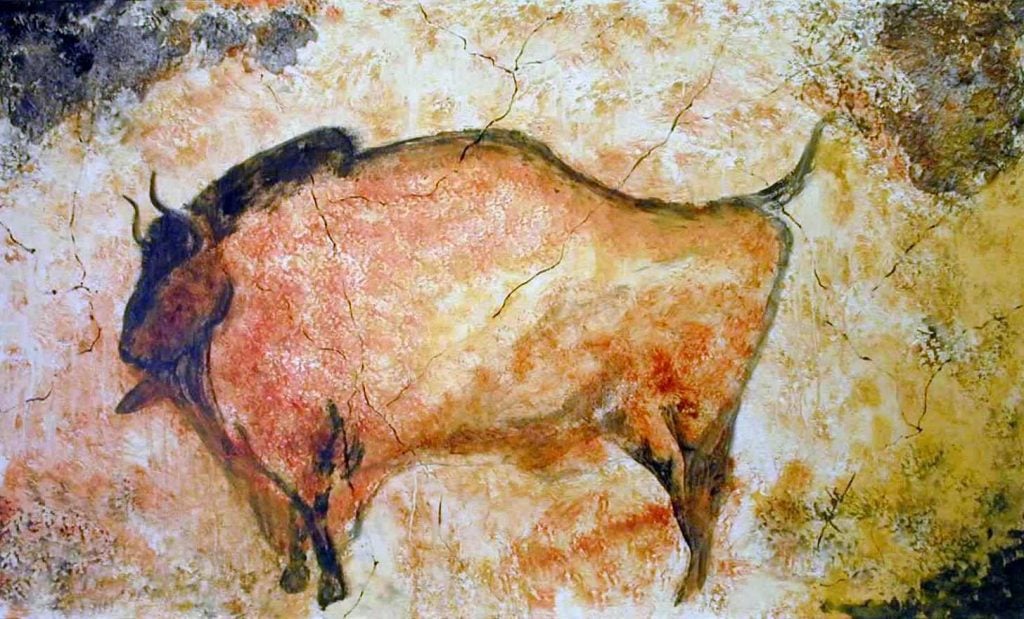











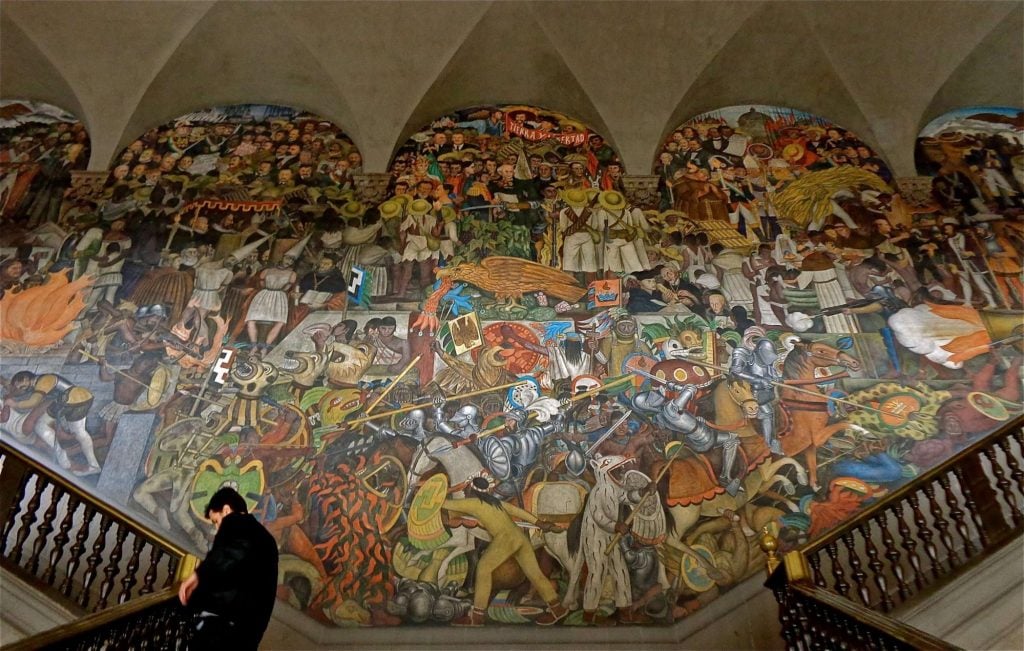


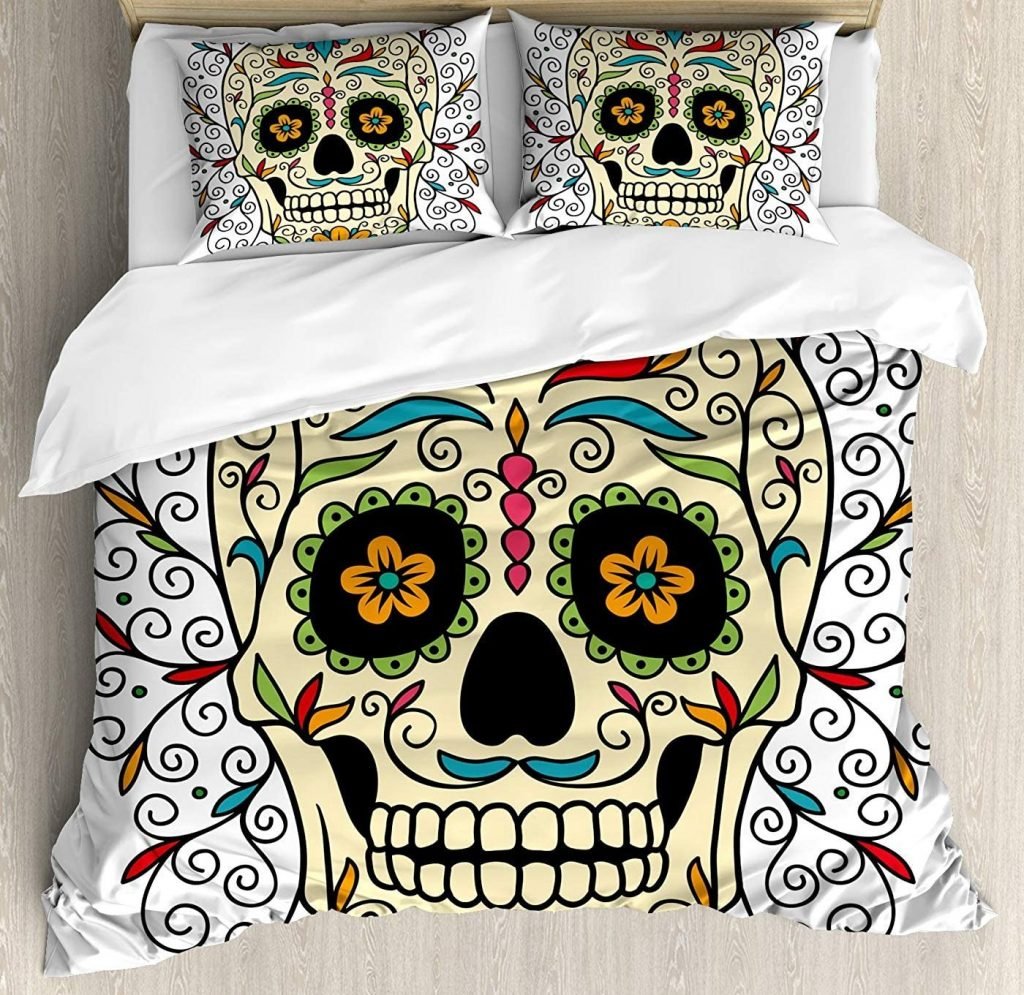
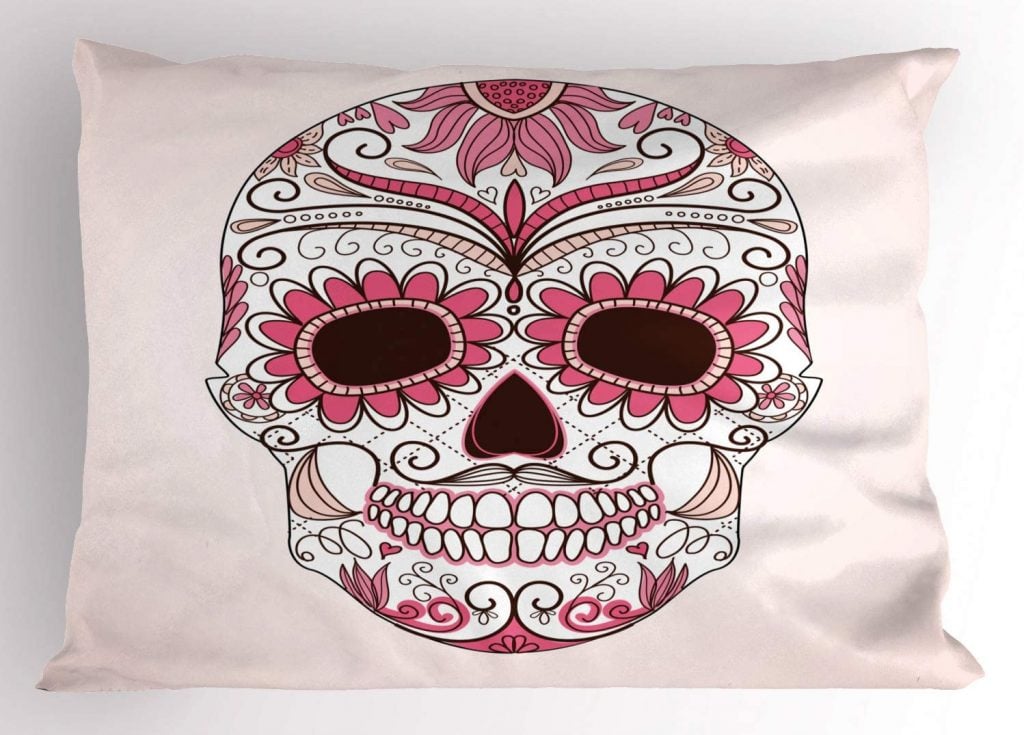



Leave a Reply